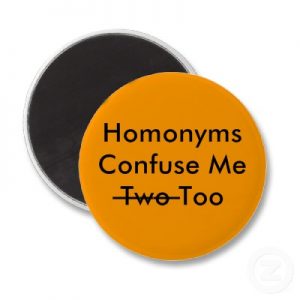I am always amazed at the fact that kids can learn to read. As a high school teacher I am thankful that I am not the one responsible for developing such a vital skill. But as a parent of two children, I have had to wrestle through what is the best way to teach my kids to learn to read.
I became acutely aware of how hard this was when I was working through some sight words with my son and was trying to explain the difference between two words that sounded exactly the same but were spelt completely different (a homophone) oh wait is that a heterograph or homograph?
Despite the confusion, we did manage to turn this into a fun game on car trips. We would all try and think of words that were spelt differently but pronounced the same.
 In my quest to help my son engage with reading I came across 2 free programs that helped him learn to read. These programs aren’t meant to replace the roles of teachers and parents but rather support the work they are already doing.
In my quest to help my son engage with reading I came across 2 free programs that helped him learn to read. These programs aren’t meant to replace the roles of teachers and parents but rather support the work they are already doing.
Learn to read program 1: Reading Bear
Reading Bear is a program that helps students learn to read by helping them with their pronunciation and word recognition. It has a range of lessons that teach the students to read certain words. Each lesson takes about fifteen minutes to complete and includes a small quiz at the end. What I liked about this program was that they used a lot of visual and video cues to support the word.
Learn to read program 2: I’m Reading.
The I’m Reading site also covers learning the alphabet and pronouncing words but what I love about this site is that the students can read a book online. If they get stuck on the pronunciation of the word they can click on it and hear it pronounced. I found my son’s fear of not pronouncing a word right decreased when he was using this program.
A couple of the things to consider:
- You need to be aware that there are some differences in spelling between the UK and US.
- Sometimes the speaker’s accent can be a little confusing to the kids.
Learn to read program 3: Storyline Online.
Storyline is more useful as a reading and comprehension activity than a learn to read tool. On this site, actors read a book to the students. As the actor reads the book the words appear on the bottom of the screen. At the end of the story, there are some activities that can be downloaded for the students to complete.
Final thoughts:
As always, think through how you reward your students when you are teaching them to read. If you rely heavily on rewarding your students, then they can learn to value the reward not the learning. If you would like to see some fascinating research and tips on how to reward your students see the posts below.
Why are our students disengaged?
A different approach to rewards in the classroom
Do rewards dull creativity in the classroom?
What programs and strategies do you use to help students learn to read?
















